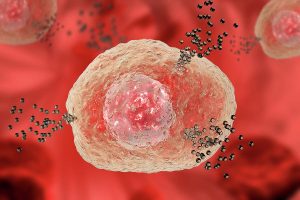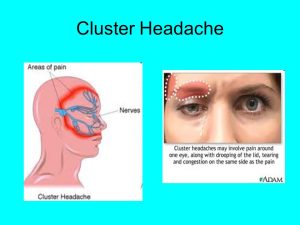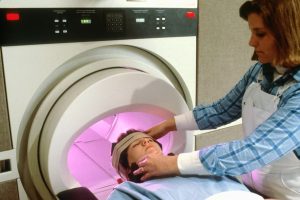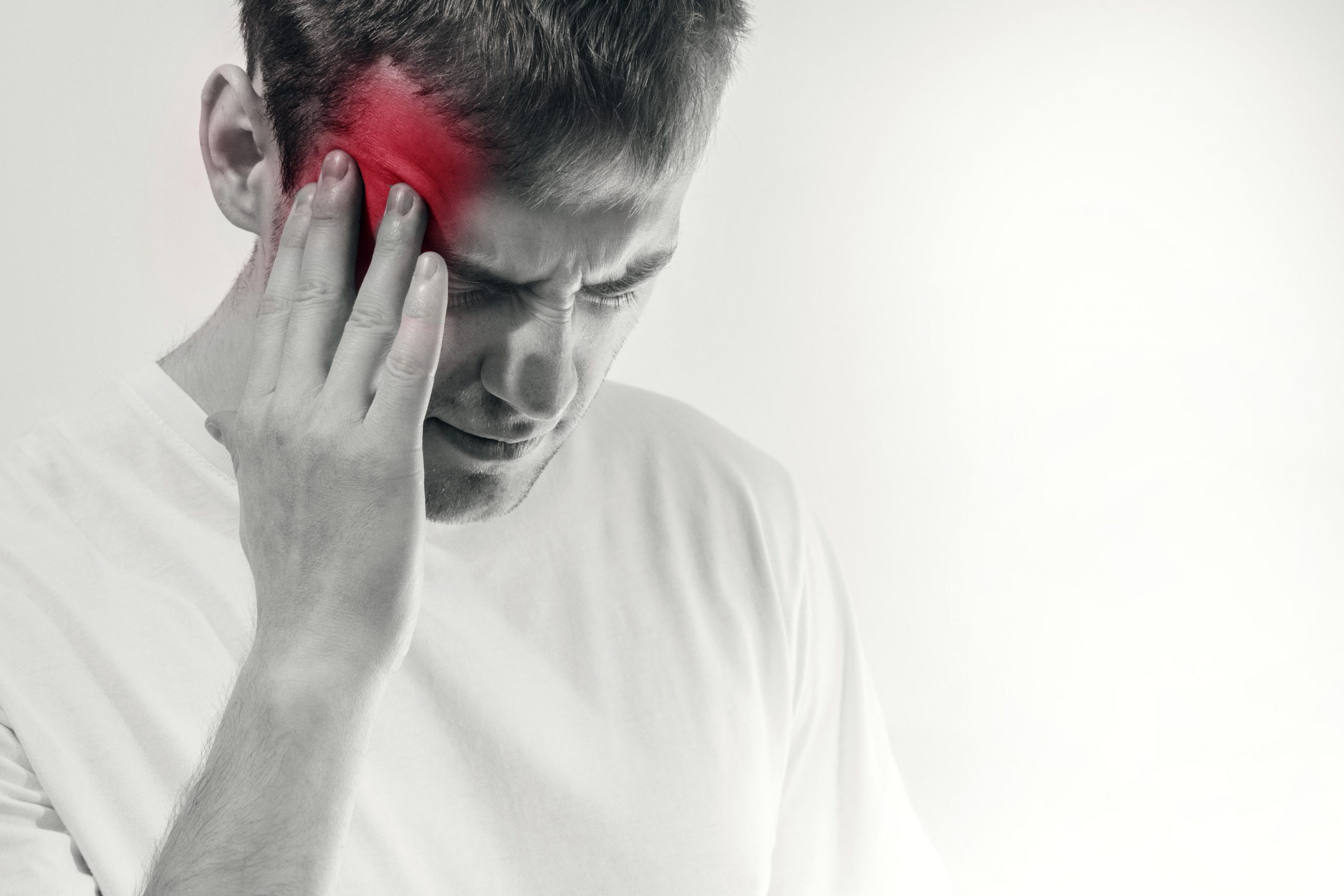Introduction
Cluster headaches, a rare and distinctive form of headache, present a challenging experience for those who endure them. Characterized by intense, one-sided pain, these headaches often accompany tearing eyes, a droopy eyelid, and a stuffy nose. In this comprehensive guide, we delve into the causes, symptoms, and treatment options for cluster headaches, shedding light on this intriguing but often misunderstood condition.
Causes: Searching for the Culprit
Despite significant medical advances, the exact cause of cluster headaches remains elusive. These headaches seem to be linked to the sudden release of histamine or serotonin in the trigeminal nerve area, a nerve in the face. Additionally, there is speculation about the involvement of a small region at the base of the brain known as the hypothalamus. Interestingly, cluster headaches exhibit a gender bias, affecting more men than women, and often display familial tendencies.
- Sudden histamine or serotonin release linked to trigeminal nerve.
- Speculated involvement of the hypothalamus.
- Prevalent in men, with familial tendencies.

Triggers: Unmasking Potential Culprits
Understanding the triggers for cluster headaches is vital for effective management. These triggers can include various factors, such as alcohol and cigarette smoking, exposure to high altitudes, bright light, physical exertion, heat, certain foods high in nitrites (like bacon), and specific medications. The heightened sensitivity to these triggers necessitates careful identification to devise strategies for prevention and relief.
- Triggers include alcohol, smoking, high altitudes, and bright light.
- Hypersensitivity to nitrites in foods like bacon.
- Certain medications and cocaine can act as triggers.

Symptoms
Cluster headaches are renowned for their distinct and severe symptoms. The pain is one-sided and can last from 15 minutes to 3 hours, occurring daily for weeks or months. The pain is often described as burning, sharp, stabbing, or steady and typically radiates from the neck to the temple, frequently involving the eye. Notably, the attacks are accompanied by specific symptoms, such as swelling under or around the eye, excessive tearing, a red eye, droopy eyelid, and a runny or stuffy nose on the same side as the head pain.
Symptoms Points
- Severe, one-sided pain lasting 15 minutes to 3 hours.
- Burning, sharp, stabbing, or steady pain.
- Pain radiates from neck to temple, often involving the eye.
- Accompanying symptoms: swelling, excessive tearing, red eye, droopy eyelid, runny or stuffy nose.

Diagnosis and Tests: Unveiling the Truth
Diagnosing cluster headaches involves a careful examination of symptoms and medical history. During an attack, a physical exam may reveal Horner syndrome, characterized by one-sided eyelid drooping or a small pupil. Additional tests, including an MRI of the head, may be conducted to rule out other potential causes.
- Diagnosis through physical exam and symptom assessment.
- Horner syndrome may be observed during an attack.
- MRI may be necessary to rule out other causes.

Treatment: Easing the Pain
Effectively managing cluster headaches entails addressing both acute pain and preventing future episodes. Treatment options for acute pain include triptan medicines (such as sumatriptan), anti-inflammatory drugs (steroids like prednisone), and oxygen therapy. For refractory cases, surgical interventions like neurostimulators may be considered.
- Triptan medicines, anti-inflammatory drugs, and oxygen therapy for acute pain.
- Neurostimulators and surgical options for refractory cases.

Prevention
Preventing cluster headaches involves identifying and avoiding triggers. A headache diary, tracking factors such as pain onset, diet, sleep, and activities, proves invaluable in recognizing patterns. Medications, including allergy medicines, antidepressants, blood pressure medicines, and seizure medicine, may be utilized for prevention.
- Headache diary helps identify triggers and patterns.
- Medications like allergy medicines and antidepressants for prevention.

Outlook
While cluster headaches are not life-threatening, they are chronic and significantly impact daily life. Fortunately, they usually do not cause permanent changes to the brain. With age, the frequency of these headaches may decrease, offering some relief. Understanding the nature of cluster headaches and seeking timely medical attention are crucial aspects of managing this condition effectively.
- Not life-threatening but chronic, impacting daily life.
- Typically, no permanent changes to the brain.
- Frequency may decrease with age.
When to Seek Medical Attention
Knowing when to seek medical help is vital for those experiencing cluster headaches. Urgent attention is required if the headache is deemed the worst ever, starts suddenly, or is accompanied by speech, vision, or movement problems. Regular medical appointments are advisable for any changes in headache patterns, ineffectiveness of treatments, or occurrence of side effects. other health treatment
- Urgent attention for severe symptoms, sudden onset, or accompanying issues.
- Regular appointments for pattern changes, treatment ineffectiveness, or side effects.

Conclusion
In conclusion, cluster headaches present unique challenges, but comprehensive understanding of their causes, symptoms, and treatment options empowers individuals to manage and mitigate their impact. By identifying triggers, seeking timely medical help, and exploring various treatment avenues, those affected can regain control over their lives despite the challenges posed by this uncommon condition. Education and awareness play key roles in fostering effective management and support for individuals facing the complexities of cluster headaches.










